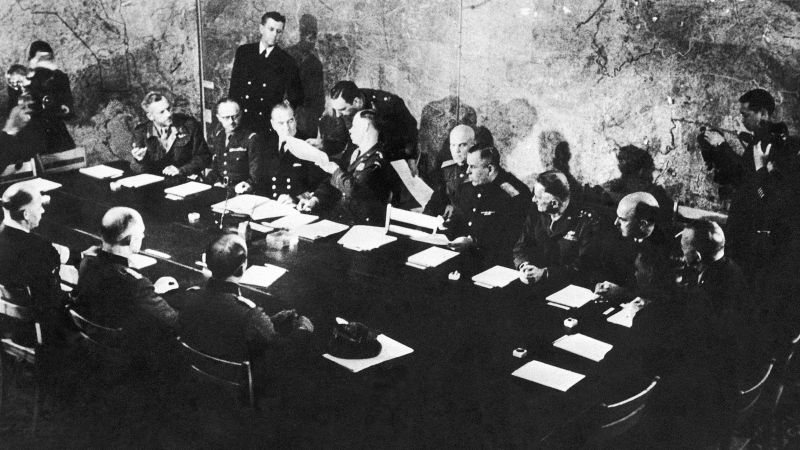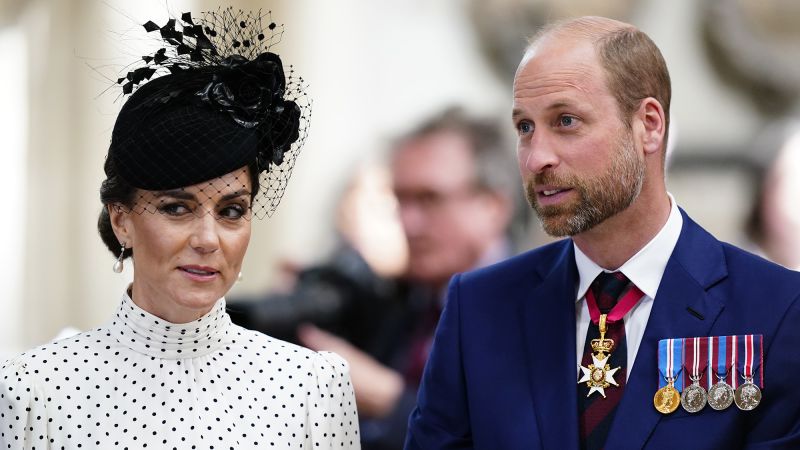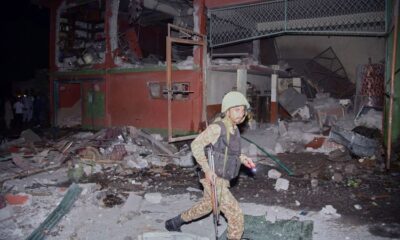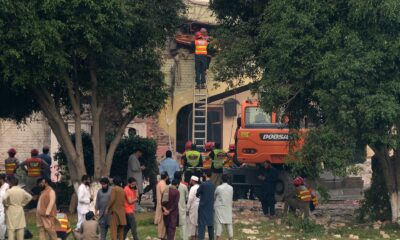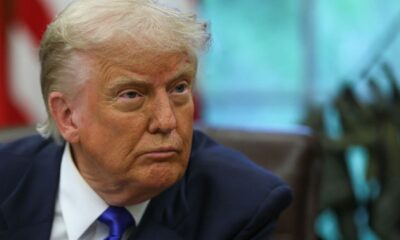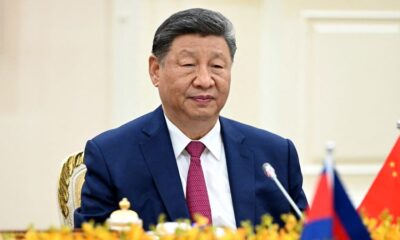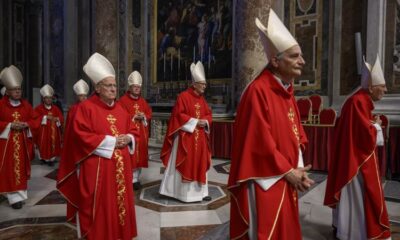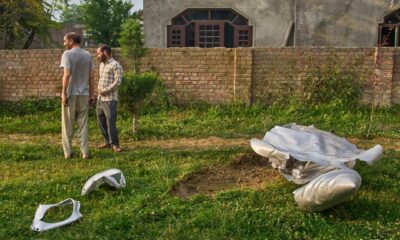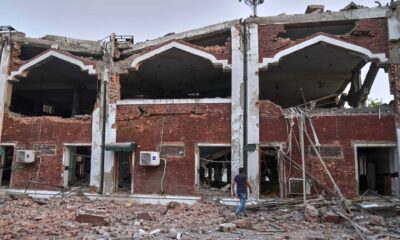Anderson cooper 360
Watch Louis Graziano’s story on “Anderson Cooper 360,” tonight on CNN at 8 p.m. ET.
CNN
—
He’s believed to be the last surviving person from inside the room of the little red schoolhouse in Reims, France, where German officers agreed to end World War II in Europe.
Eighty years ago, Luciano “Louis” Graziano witnessed history when the Nazis surrendered.
But this former American soldier has no special plans for Thursday, when Victory in Europe, or VE Day, is commemorated, saying every day is special to him now.

At 102, Graziano vividly remembers what he saw that day, when it was unclear whether the Germans would sign the surrender document.
“I saw a lot of straight faces,” he told CNN. “Germans were at the table, there were the British and the French and all the other officers.”
One man not there was Gen. Dwight D. Eisenhower, who was using the schoolhouse as the Supreme Headquarters of the Allied Expeditionary Force.
“He wasn’t in the room, he didn’t want to be in the room in case they decided not to sign the surrender,” Graziano said, wearing a World War II veteran baseball cap.
But Eisenhower did want to see the defeated officers, so the young American soldier took them to him.
“He wouldn’t shake hands with them. They clicked their heels together and he dismissed them,” Graziano said of the meeting.

Born in East Aurora, New York to Italian immigrants, Graziano was the youngest of five children. He left school after the eighth grade to work as a mason to help support his family. His mother, sister and brother worked as hairstylists, and he decided to follow in their footsteps. But in 1943, weeks before his 20th birthday, he was drafted into the Army.
Graziano completed his military training at various bases across the United States, including Fort Dix, before being shipped to England on the Queen Mary.
On the ocean liner, he slept one night in a bunk but he chose to sleep on deck in a life vest because the quarters were so tight — he felt like he had a better chance of surviving an attack on deck.
After spending months in England working in facility operations, Graziano was in the third wave of the D-Day attack on Omaha Beach. “I drove the gasoline truck onto the beach and got up under the cliff,” he said. “The Germans were shooting down at us. I got my flamethrower out and shot up underneath … and got rid of that machine gun.”
Once in France, Graziano became the utilities foreman in the 102nd Infantry Field Artillery Battalion, meaning he oversaw American-occupied buildings, including the little red schoolhouse.
While in Reims, he met his future wife, Eula “Bobbie” Shaneyfelt, then a Staff Sergeant in the Women’s Army Corps. They married in Reims, honeymooned in Paris after the surrender, and eventually moved to Thomson, Georgia, where they raised their family.

In the decades since the end of World War II, Graziano has never gone back to France, “I’ve been asked to go many times and have my way paid,” he said. “But I don’t care to go on that ocean again.”
Graziano isn’t doing anything out of the ordinary to celebrate VE Day, though he has interviews lined up with news outlets around the world to share his story.
He plans to spend the day at home — fitting for a man whose thoughts were of the US even as he watched the European conflict end.
“I was happy to be in that room,” he said of the surrender. “I knew I was going to get to go home soon after that.”

